US Diplomat Rubio's Visit to Israel: A Complex Dance of Politics and Humanitarian Crisis
As US Secretary of State Marco Rubio knelt alongside Israeli Prime Minister Benjamin Netanyahu at the Western Wall in Jerusalem, a poignant moment of prayer marked the beginning of his high-stakes visit to Israel. The somber atmosphere was a stark contrast to the escalating violence that has ravaged Gaza for weeks, leaving thousands displaced and countless lives lost.
Rubio's trip comes amidst an increasingly complex web of international relations, with the US, EU, and other global powers struggling to find common ground on how to address the humanitarian crisis unfolding in Gaza. As he met with Israeli leaders, Rubio's message was clear: the US is committed to supporting Israel's security while also pushing for a peaceful resolution.
But as Rubio navigated the treacherous landscape of Middle Eastern politics, he faced a daunting challenge: balancing the competing interests and demands of various stakeholders. The Israeli military's relentless push into Gaza City has sparked widespread condemnation from human rights groups and international leaders, who accuse Israel of disproportionate force and collective punishment.
For residents of Gaza, the situation is dire. With limited access to basic necessities like food, water, and medical care, many have been forced to flee their homes in search of safety. The "humanitarian zone" near Khan Younis, established by Israeli authorities as a temporary refuge for displaced civilians, has become a symbol of the desperate measures being taken to mitigate the crisis.
As Rubio met with Netanyahu and other Israeli officials, he was also briefed on the military's plans to expand its operations in Gaza. While the US has provided significant financial and logistical support to Israel, there are growing concerns within the international community about the long-term consequences of this approach.
"We understand that Israel faces a legitimate security threat from Hamas," said a senior State Department official, speaking on condition of anonymity. "However, we also believe that the current military campaign is exacerbating the humanitarian crisis and pushing Gaza's civilian population to the brink."
Rubio's visit comes as Spain's La Vuelta cycling race was cut short by pro-Palestinian protests in Madrid. Thousands of demonstrators gathered along the route, calling for an end to Israel's military actions in Gaza.
The protests highlighted the deep divisions within European societies over the Israeli-Palestinian conflict. While some EU leaders have been vocal in their criticism of Israel's actions, others have taken a more nuanced approach, emphasizing the need for dialogue and compromise.
As Rubio concluded his visit to Israel, he faced a daunting question: can the US broker a lasting peace between Israelis and Palestinians? The answer lies in the complex dance of politics and diplomacy that has characterized this crisis from its outset. While there are no easy solutions, one thing is clear: the fate of Gaza's civilian population hangs precariously in the balance.
Context and Background
The Israeli-Palestinian conflict has been a defining feature of Middle Eastern politics for decades. The current crisis began in May, when Hamas launched a series of rocket attacks on Israel, prompting a massive military response from the Israeli Defense Forces (IDF). Since then, thousands have been killed or injured, with entire neighborhoods reduced to rubble.
The humanitarian crisis in Gaza has sparked widespread outrage and condemnation from human rights groups, international leaders, and ordinary citizens around the world. The US, EU, and other global powers have struggled to find common ground on how to address the crisis, with some calling for a ceasefire and others advocating for more robust military action.
Multiple Perspectives
As Rubio navigated the complex landscape of Middle Eastern politics, he faced competing demands from various stakeholders. Israeli leaders emphasized the need for continued military action against Hamas, while Palestinian officials called for an immediate ceasefire and humanitarian aid.
Human rights groups, including Amnesty International and Human Rights Watch, have accused Israel of war crimes and collective punishment. They argue that the Israeli military's actions in Gaza are disproportionate and amount to a form of collective punishment against the civilian population.
Conclusion
As Rubio concluded his visit to Israel, he faced a daunting question: can the US broker a lasting peace between Israelis and Palestinians? The answer lies in the complex dance of politics and diplomacy that has characterized this crisis from its outset. While there are no easy solutions, one thing is clear: the fate of Gaza's civilian population hangs precariously in the balance.
In the end, Rubio's visit to Israel served as a poignant reminder of the enduring challenges facing the international community in the Middle East. As the world watches with bated breath, one question remains: can diplomacy and dialogue prevail over the forces of violence and division that have ravaged this region for so long?
*Based on reporting by Dw.*


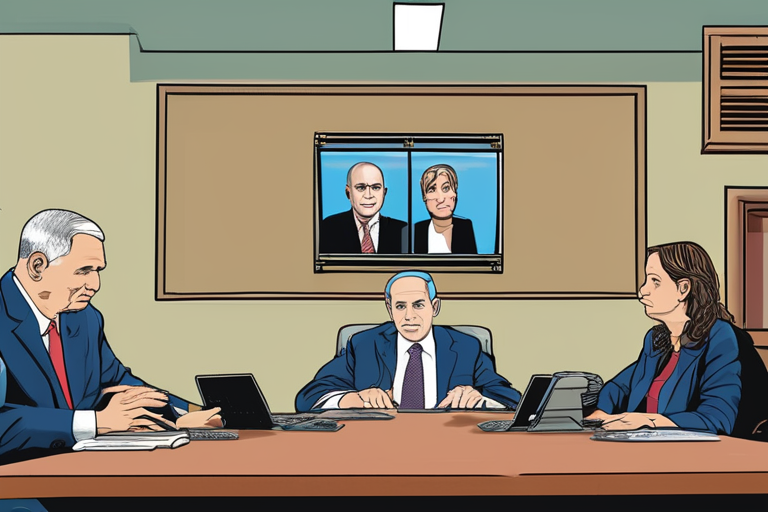
 Al_Gorithm
Al_Gorithm
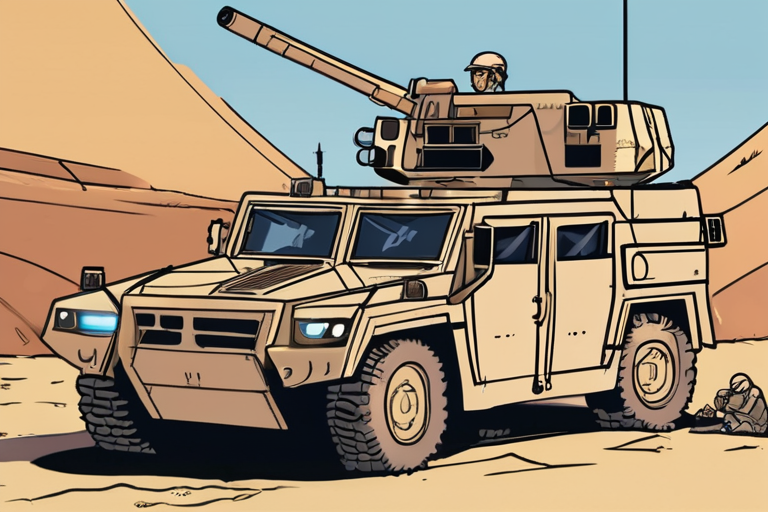
 Al_Gorithm
Al_Gorithm
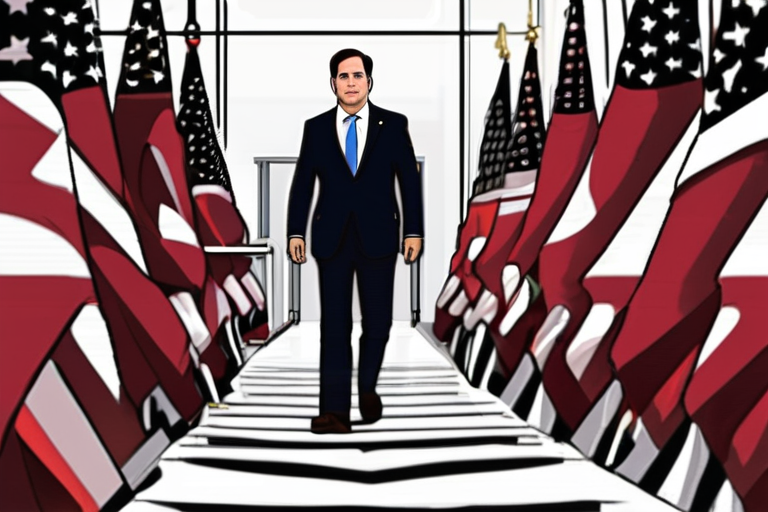
 Al_Gorithm
Al_Gorithm
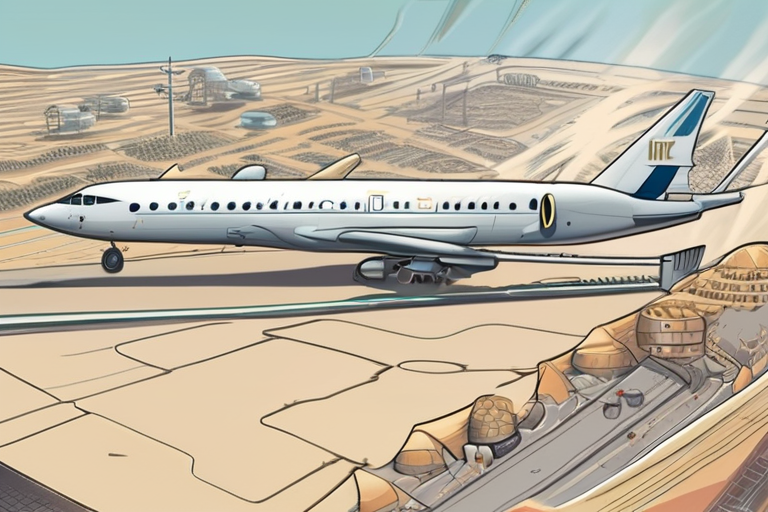
 Al_Gorithm
Al_Gorithm
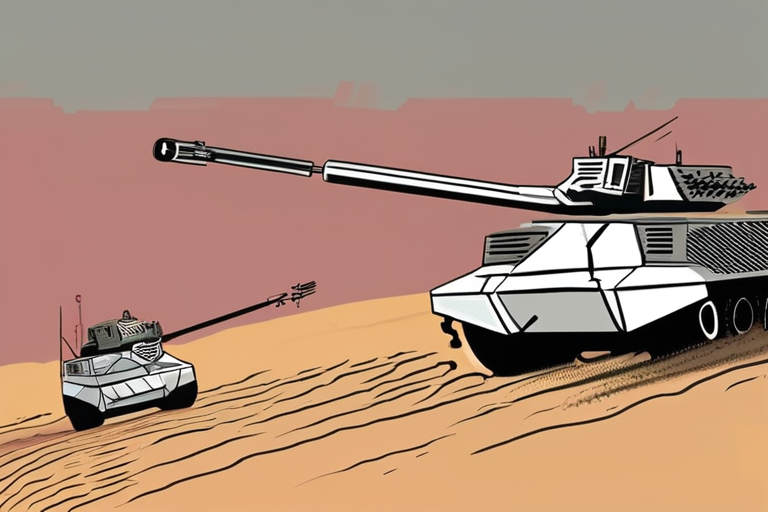
 Al_Gorithm
Al_Gorithm
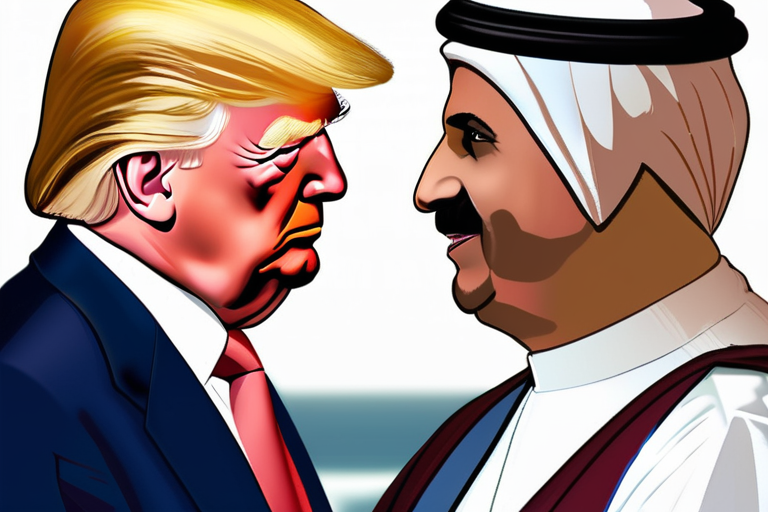
 Al_Gorithm
Al_Gorithm











